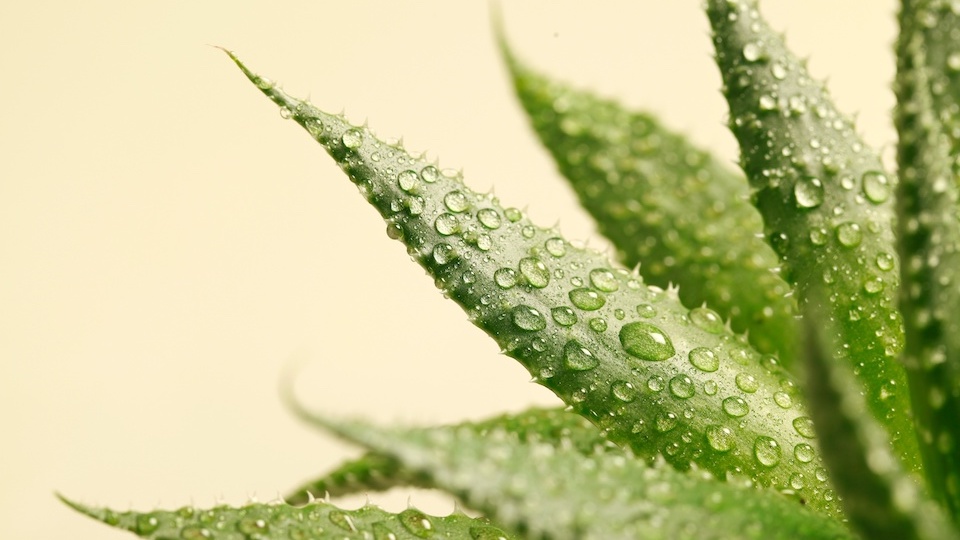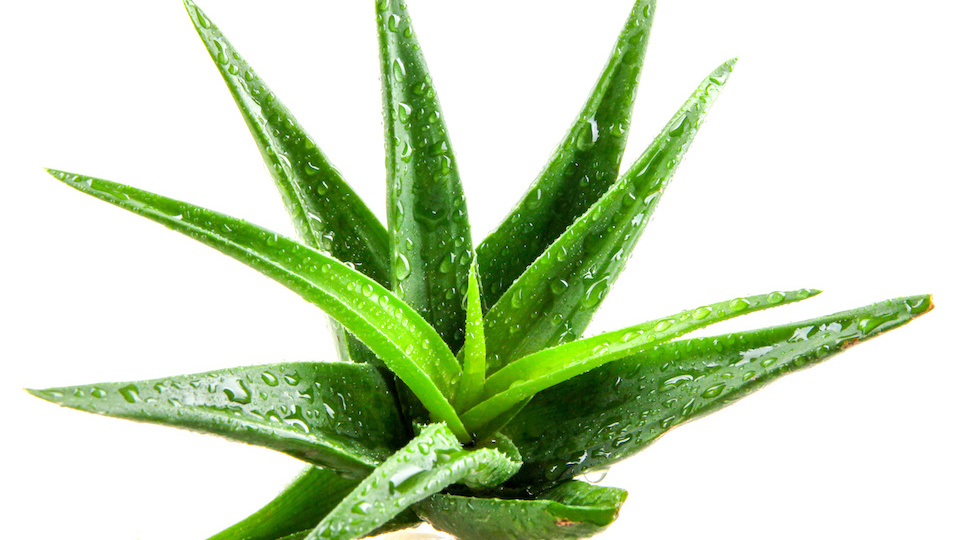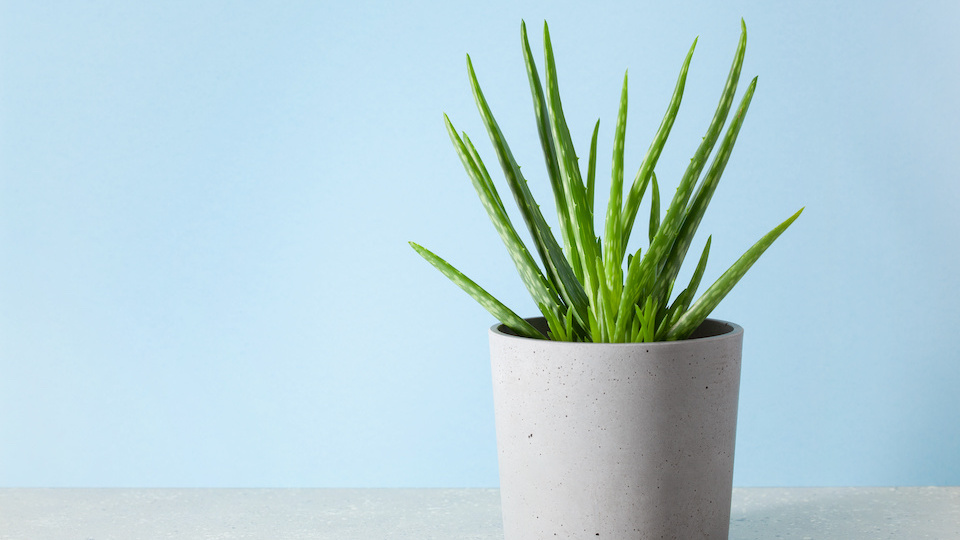Cleopatra and Nefertiti were two Egyptian Queens who incorporated Aloe vera into their beauty regime to keep their skin soft and supple.
Pedanius Dioscorides (circa 40-90 AD) was a Greek physician, botanist, and pharmacologist who extolled the medicinal virtues of aloe in a 5-volume encyclopedia about herbal medicine and other substances.
Gaius Plinius Secundus (AD 23-79), known as Pliny the Elder, was a Roman author, naturalist, and philosopher who mentioned the therapeutic value of Aloe vera in “Natural History.”
In fact, in early Egypt, the plant was elevated to exceptional status, and drawings confirm its significance in this culture and time. Alexander the Great and Christopher Columbus both used Aloe to treat soldiers’ wounds, and Native Americans held the plant in high esteem, calling it the “burn plant” and the “mystery plant.”
Aloe’s use in traditional medicine includes treating colic, skin conditions, worm infestations, infections, and constipation. Today, aloe is one of the few herbal medicines that is used widely in Western civilization in the pharmaceutical, cosmetic, and food industries. In fact, the manufacturing of aloe vera extracts is one of the world’s largest botanical industries.
A little history

Sometimes called a “wonder plant,” Aloe vera is a short-stemmed shrub that looks like a cactus but is actually a succulent and a member of the lily family that grows only in hot, dry climates – its one natural enemy is frost. Of the over 300 different types of aloe vera, there are only five that are useful to humankind.
Historically, aloe vera began to lose its medicinal potency once it was imported. Because the pulp of this plant worked best when it was fresh, importation diminished its effectiveness and it was replaced with synthetic drugs in Europe and North America.
In the 1950s, processing techniques that used heat were unsuccessful because they damaged the delicate plant oils. However, in the 1970s, processing techniques advanced and stabilized the gel inside the leaf using a cold-pressing method. A method to separate the rind and aloin was also discovered. These innovations opened the door opened for the commercial distribution of Aloe vera.
Chock full of nutrients

What is it about this spiky green gem that has allured cultures all over the globe from time immemorial? Perhaps you have heard that aloe vera is great for burns, and everyone should keep a plant handy in their kitchen? While this may be true, it is just the tip of the iceberg when it comes to the truly amazing healing properties of this interesting succulent.
The leaf of the aloe vera plant is filled with a gel that contains over 75 nutrients, 20 different minerals including calcium, chromium, copper, iron, magnesium, manganese, potassium, phosphorus, sodium, and zinc, 12 vitamins including A, B1, B2, B3, B5, B6, B12, C and E, 8 amino acids, and 200 active enzymes.
Here are just five reasons why you should love this amazing medicinal superfood:
Wounds

Anecdotally, aloe vera is generally mentioned as being superior to other plants in its ability to help soothe burns or promote the healing of cuts. Several studies have investigated these claims and found that aloe vera does speed up wound recovery and helps in the growth of new cells. Aloe vera also contains a powerful antibacterial component that helps keep infection at bay.
A report in the Journal of Dermatologic Surgery and Oncology reports that using aloe vera as part of post-surgical treatment reduces recovery time. Eighteen patients who underwent facial dermabrasion surgery for acne were treated on one side of their face with standard surgical gel and dressing and on the other with aloe vera gel and dressing. The side that received the aloe gel healed 72 hours sooner than the side without; quite a testimony to the plant’s healing powers.
Keeping an aloe vera plant or some aloe vera gel on hand for wound treatment makes a great addition to your living first aid kit.
Digestion

Because aloe vera is comprised of many amino acids, enzymes, minerals, and vitamins, it comes closer than any other plant to duplicating the substances in the biochemistry of the human body. Its potent healing and detoxifying powers help to break down impacted food residue and cleanse the bowel.
Consuming aloe vera juice regularly may help ease constipation, prevent diarrhea, promote regularity, and ease symptoms of colitis, irritable bowel syndrome, and general inflammation of the stomach.
The British Journal of General Practice notes that aloe vera decreases irritation and promotes the healing of ulcers found in the intestines and stomach. In addition, aloe vera helps populate friendly gut bacteria in the intestines, essential for healthy digestion and nutrient assimilation.
Arthritis

Aloe vera stimulates the immune system and acts as a potent anti-inflammatory and analgesic. Rheumatoid arthritis is a painful condition that results in stiffness, swelling, redness, and pain. Conventional treatment of this condition may include any combination of steroids, anti-inflammatory drugs, cortisone injections, or non-steroidal anti-inflammatory drugs.
While these options may reduce the symptoms of arthritis, they do not repair the damaged tissue. They also carry a host of negative side effects. Because aloe vera is highly effective in rejuvenating cells, it is an effective remedy for many who suffer from this painful condition. Aloe vera can be used topically or taken in capsule form depending on your particular needs.
Cancer

Each year over 12 million people worldwide are diagnosed with cancer, and almost 8 million die of cancer each year. A recent movement in the prevention and treatment of cancer has shown the importance of co-adjuvant therapies. One such partnership exists between honey and aloe vera.
In a study of tumor-bearing rats, aloe vera was seen to reduce tumor mass, while honey inhibited the growth of cancer cells. An Italian study published in 2009 found that aloe vera, alongside chemotherapy, was more effective than chemotherapy alone in treating lung, bowel, and stomach cancer. Researchers noted that those patients who combined aloe vera with chemotherapy also had a higher quality of life and experienced fewer side effects from the chemotherapy.
Immune system

Most people living in America suffer from a suppressed immune system. The western diet, coupled with a highly stressful lifestyle, makes it hard for the immune system to keep up. Aloe vera offers much in the way of immune support.
Polysaccharides in aloe vera juice stimulate white blood cells in the immune system, boosting their effectiveness in attacking viruses. Aloe also contains some potent antioxidants, which help derail free-radicals known to lower immune function.
The benefits of both internal, as well as external applications have been studied extensively. Internal consumption of quality aloe vera provides a flood of over 100 anti-viral, anti-fungal, and bacterial nutrients that help protect you from colds, flu, infections, and fungal problems.
If you don’t have an aloe plant in your home, now is the time to get one. They are easy to grow and, as you can see, offer countless therapeutic benefits!
Happy Growing,
Susan Patterson, CBHC and Master Gardener




